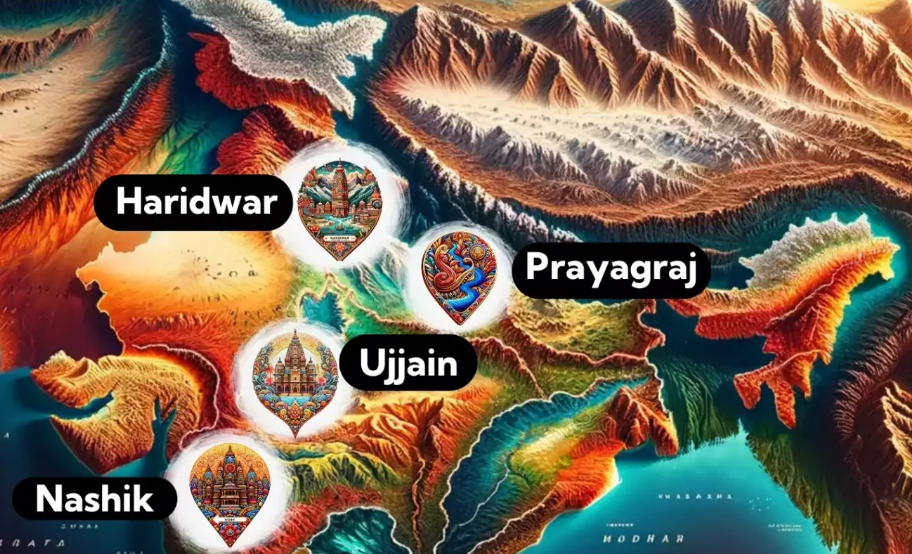7667766266
enquiry@shankarias.in
Maha Kumbh Mela is scheduled to be held in Prayagraj from January 13 to February 26, 2025.
Allahabad was officially renamed as Prayagraj in 2018.

Naga sadhus are ascetics who smear ashes over their naked bodies and sport weapons like tridents, swords, and lances, as well as conches and drums.
|
13 Akharas |
|||
|
Shaivite akharas |
Vairagi akharas |
Udasin Akharas |
Nirmala Akhara |
|
|
|
|
|
|||
The first reference to the Kumbh Mela by the British was in an 1868 report which said a ‘Coomb Mela’ was to be held in Allahabad in 1870, for which logistic support and sanitation facilities were sought.
Mahatma Gandhi participated in the Maha Kumbh mela in 1918 and interacted with other attendees.